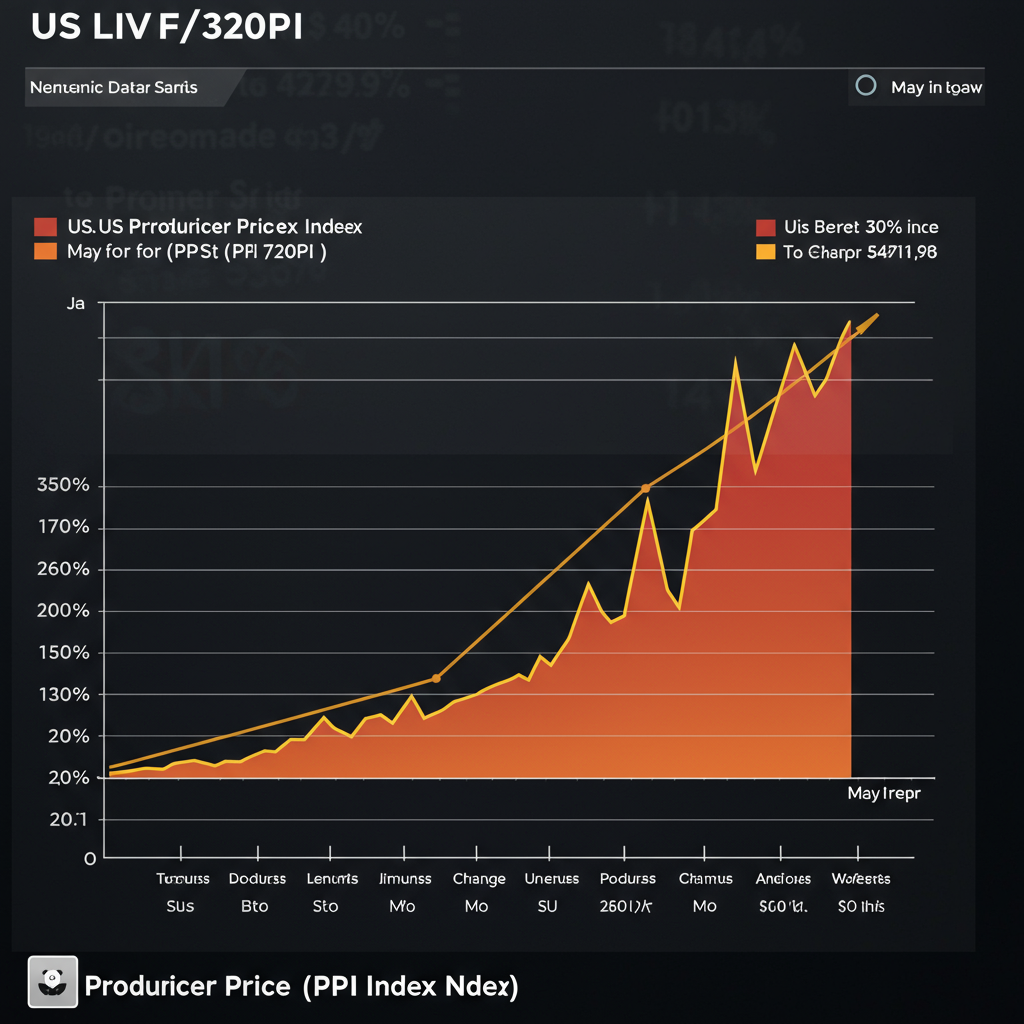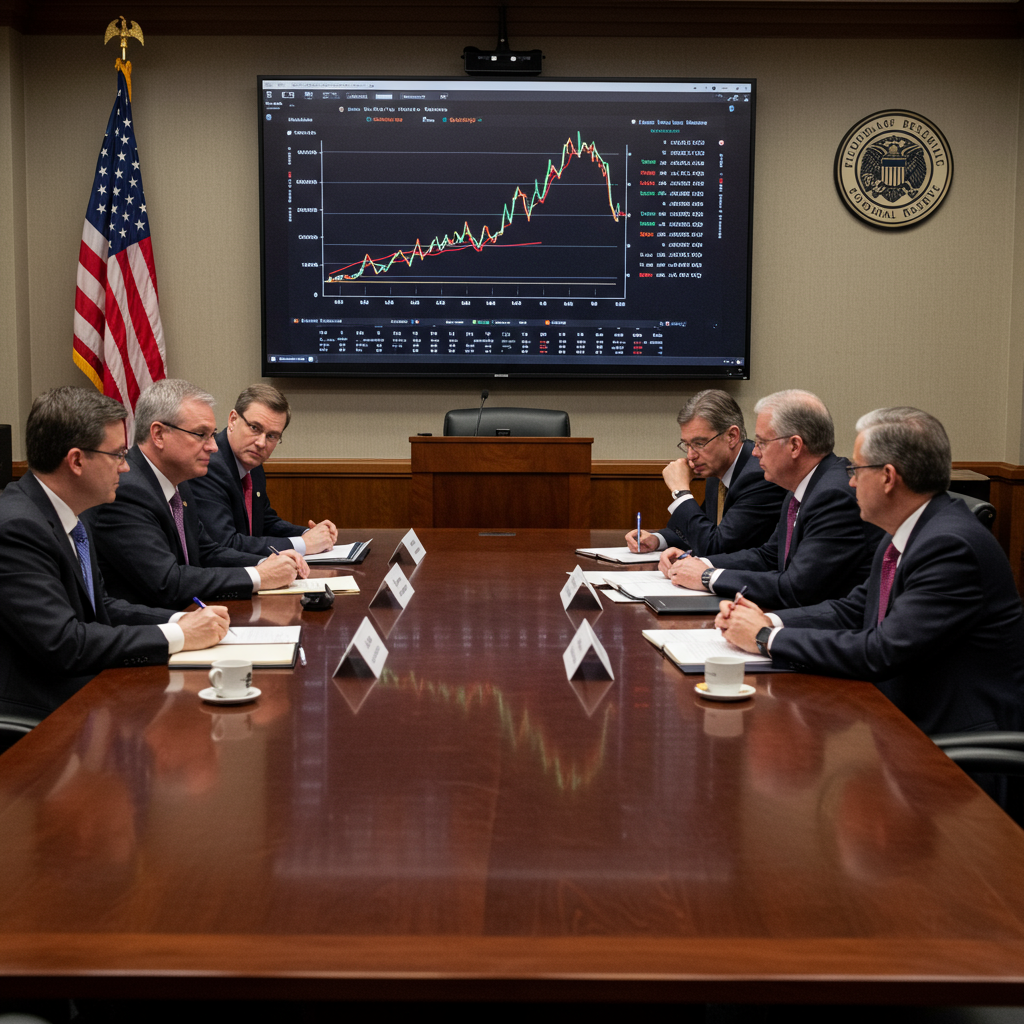The U.S. housing market showed a mixed picture in May, with existing home sales seeing a modest increase from April but remaining historically slow under the weight of persistent affordability challenges. While activity picked up slightly month-over-month, near-record high prices and elevated mortgage rates continue to sideline many prospective buyers.
According to recent data, sales of previously owned homes rose by 0.8% in May compared to April, reaching a seasonally adjusted annual rate of 4.03 million units. This figure edged past some analyst expectations that anticipated a slight decline. However, the pace remains sluggish, marking a 0.7% decrease from May of the previous year and representing the slowest sales rate recorded for the month of May since 2009. Overall, market activity is hovering around 75% of levels seen before the COVID-19 pandemic disrupted the market.
Record Prices Add to Affordability Strain
Despite the relatively subdued sales volume, home prices continued their upward trajectory. The nationwide median price for an existing home sold in May hit $422,800, setting a new record high for the month and representing a 1.3% increase from May 2024. This extends a streak of year-over-year price gains to 23 consecutive months.
This combination of high prices and elevated mortgage rates creates a significant affordability gap for many Americans. Since May 2019, median home prices have surged by approximately 52%, while average wages have only grown by around 30%. This disparity means the typical monthly mortgage payment for a median-priced home has roughly doubled from pre-pandemic levels, making homeownership increasingly out of reach for a substantial portion of the population. Mortgage rates hovered around 6.8% in recent months, a key factor cited for limiting sales activity.
Inventory Improves, Offering Buyers More Options
One positive development in the market is the notable increase in the supply of homes for sale. Inventory of unsold existing homes rose significantly, standing at 1.54 million units at the end of May. This marks a 6.2% jump from April and a substantial 20% increase compared to a year ago. At the current sales pace, this represents a 4.6-month supply, an improvement from the tight conditions of previous years, though still below the 5 to 6 months typically considered a balanced market. This rise in inventory is occurring across all regions of the country, with particularly strong increases seen in the West and South.
While increased inventory usually exerts downward pressure on prices, demand, though impacted by affordability, remains strong relative to the available supply. This persistent imbalance, coupled with the hesitation of many existing homeowners holding onto low mortgage rates (often 2-3%) to sell, continues to support current price levels.
Regional Performance Varied
Market conditions varied across the U.S. in May. Sales saw the strongest monthly gains in the Northeast (+4.2%) and Midwest (+2.1%), which are often more supply-constrained. Sales in the South also rose slightly (+1.7%), while the West, the most expensive region, saw a notable decline (-5.4%) in sales from April. Year-over-year price appreciation was strongest in the Northeast (+7.1%) and Midwest (+3.4%), while the South saw a slight dip (-0.8%) and the West saw a modest gain (+0.5%).
Market Dynamics Shift Buyer Behavior
The challenging affordability landscape is influencing both buyers and sellers. Many potential buyers are choosing to remain renters, especially as rents have stabilized or even decreased in some markets. The financial math of paying a high mortgage on a high-priced home versus potentially stable or falling rents makes renting a more attractive option for some. Economic uncertainty also leads consumers to delay major financial commitments. First-time buyers continue to represent a smaller share of the market (30%) than is typical.
Meanwhile, many existing homeowners are reluctant to sell and forfeit their low-interest rate mortgages to take on a new, much higher rate. Some are even becoming “incidental landlords,” renting out their current homes because the rental income easily covers their low mortgage payment.
Other market indicators in May included homes staying on the market slightly longer, averaging 27 days compared to 24 a year ago. Cash sales accounted for a larger share of transactions (27%) compared to the previous year.
Looking ahead, the trajectory of the housing market hinges significantly on mortgage rates. While the Federal Reserve recently held rates steady, signals suggest potential cuts later in the year. Should rates decline in the second half of 2025, combined with factors like solid income growth, healthy inventory levels, and a strong job market, the housing market could see increased activity. For now, however, May’s report underscores a market still wrestling with affordability headwinds despite a slight uptick in monthly sales.



